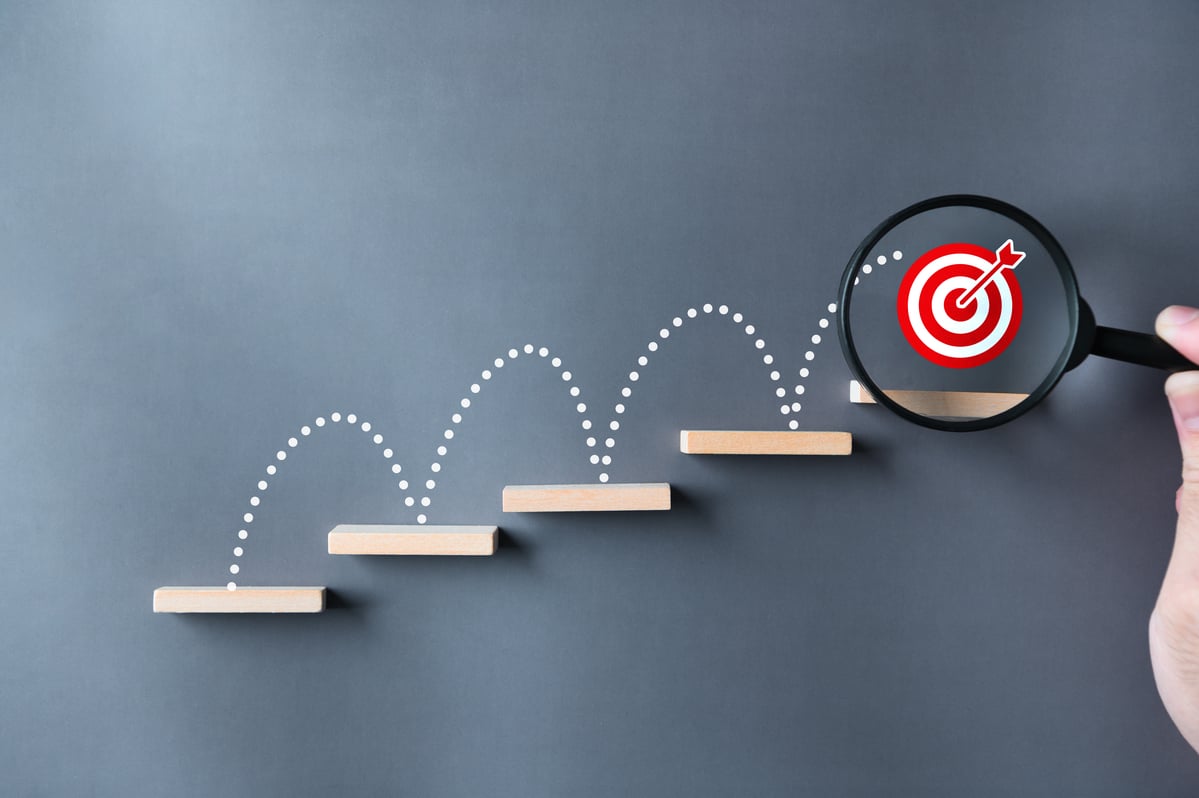While the overall restaurant industry has been struggling, Starbucks (SBUX +0.14%) has continually pushed forward.
In April, the company reported record revenue of $5.3 billion for the second quarter, an increase of 6%. In addition, the chain saw global comparable-store sales increase 3%, the same they grew in the United States, while same-store sales in China rose by 7%.
CEO Kevin Johnson, leading his first earnings call since former-CEO Howard Schultz moved into the chairman role with the company, was optimistic about his company's prospects. His remarks touched on some of the reasons Starbucks is the best buy in the restaurant space:
With our U.S. business accelerating throughout the quarter and strong performance in China, we are poised to deliver strong revenue growth in the second half and into the future. Our success in opening over 2,000 stores around the world annually, delivering record AUV and profit, despite a very difficult period for many brick-and-mortar retailers is a testament to the 330,000 partners who proudly wear the green apron.
That's a bit flowery of course, but it's all true. Starbucks has a strong product offering, room for growth in multiple areas, and a culture of innovation that will serve it will in a challenging operating climate.

Starbucks is expanding its Roastery concept to new locations. Image source: Starbucks.
People want coffee
While Starbucks has clearly become more than a coffee shop, its core products remain its beverages. At various points since the company was founded, people have questioned whether consumers would pay prices that are much higher than are charged by other places that sell coffee.
Even when Starbucks proved they would, many still assumed there would be a ceiling for that market segment, or posited that rivals would steal market share by going cheaper. Neither of those concerns have proven to be true.
Dunkin' Donuts (DNKN +0.00%) entered the espresso-based drink space, but that did not dent Starbucks' business. Not even McDonald's (MCD +0.87%) offering its lattes and other coffee drinks for $1 has hurt the coffee leader.
Starbucks may struggle to grow its food business or to increase afternoon and evening traffic, but its core product line has shown tremendous resilience. It's hard to see any rival cutting into the chain's coffee business, and it's plausible that even-higher-priced coffee will fuel growth.
Plenty of growth available
Though he has left the CEO job behind, Schultz has not retired, nor has he shifted his interests away from Starbucks. Instead, he's concentrating his efforts to developing a new premium business for the company focused on its Roastery locations as well as its Reserve stores, and bars.
Starbucks opened its first Roastery in Seattle, and it has been a major success. Schultz has noted that customers spend four times more at the coffee temple than they do at a traditional Starbucks. In addition, trials at the Roastery have led to a number of product innovations that have been rolled out to the full chain.
Based on that success, Starbucks plans to open Roasteries in Shanghai this year, and in New York City and Tokyo in 2018. It also plans locations in Milan and Chicago in 2019, as well as 1,000 Reserve stores (which are mini-versions of the concept). On top of that, the chain expects to add Reserve bars to up to 20% of its existing stores.
Roasteries and Reserve stores/bars are not the only potential sources of growth for Starbucks. The chain also continues to chase the elusive afternoon and evening markets, while also increasing its use of technology to allow it to serve more customers during its busy morning hours.
A willingness to innovate
Starbucks created the mobile order and pay technology which Dunkin' Donuts and later McDonald's eventually copied. Use of the app has at times had the unforeseen consequence of causing traffic jams in the order-pickup areas of some stores, but being too successful is a problem many companies would love to have.
What its leadership in adopting technology and its product innovation both demonstrate is a willingness to try new things. That's important for success in a fast-changing market, and Starbucks has consistently been ahead of the curve. That should serve the company well as its rivals catch up, and operating conditions continue to evolve.
Why Starbucks is the best buy in restaurants
The coffee chain has no real rival, and it has proven immune to the trend of Americans eating out less often. People want a high-end coffee experience, and they are clearly willing to spend money on its seasonal specials, novelty products, and other new offerings.
Starbucks has a strong base to build on, and lots of room to expand its business. The chain isn't in fix-and-repair mode like McDonald's, nor is it making major menu tweaks like Dunkin' Donuts. Starbucks knows what it is, has a strong plan to protect and grow that, and has the ability to increase sales at existing locations while adding thousands of new ones.






